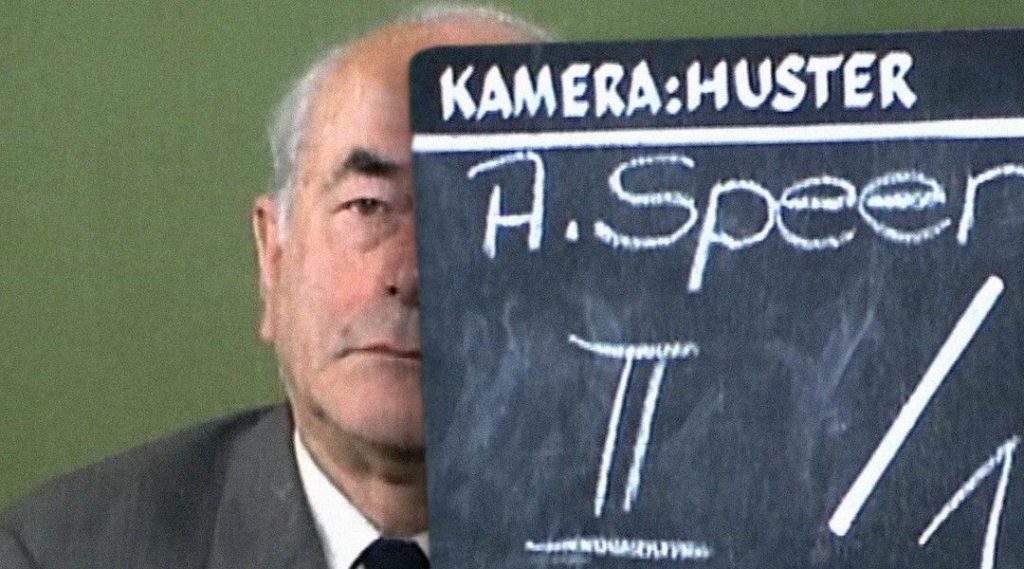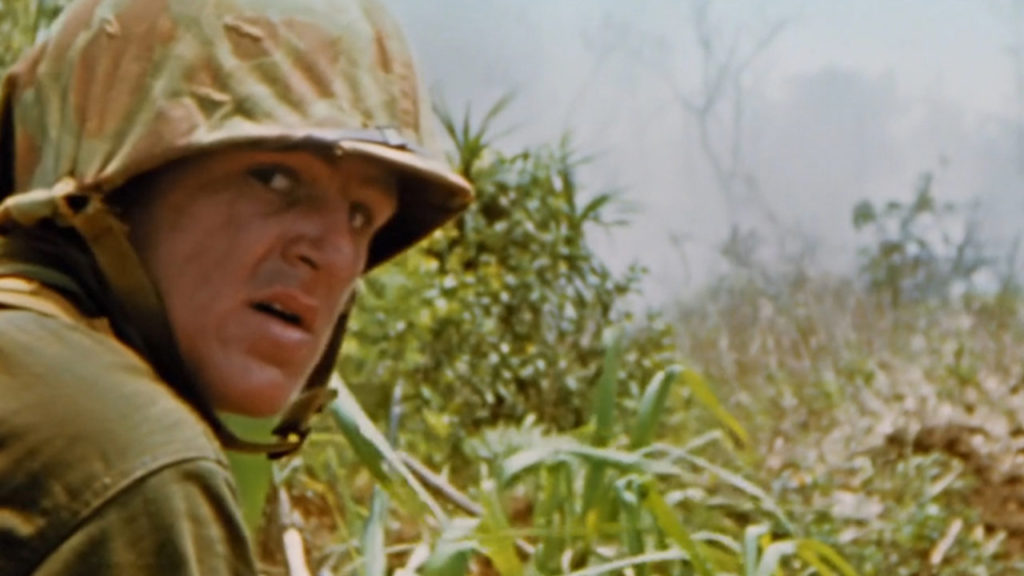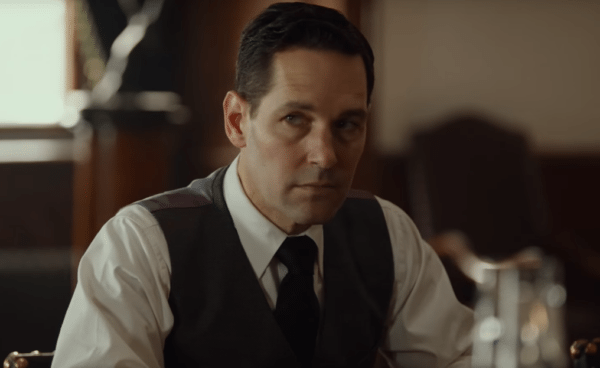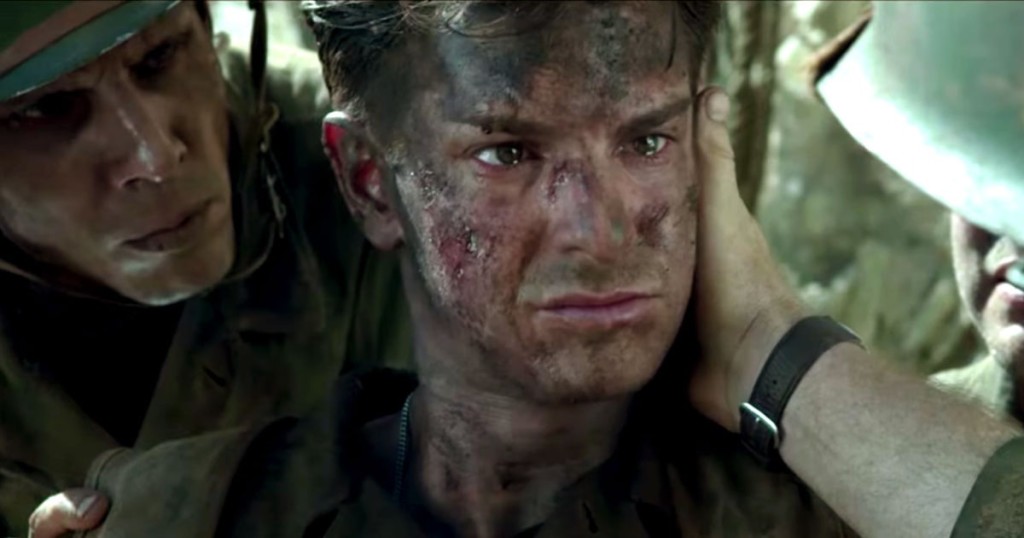
SPEER GOES TO HOLLYWOOD. Courtesy of Vanessa Lapa.
In her absorbing documentary Speer Goes to Hollywood, filmmaker Vanessa Lapa takes us inside a Nazi war criminal’s brazen attempt to rehabilitate his image into “the Good Nazi”. Previously unheard private audio recordings of Albert Speer himself reveal him to be one of history’s most audacious spin doctors.
Speer, the highest ranking Nazi to escape execution at the Nuremberg Trials, was the master of the Nazis’ wartime production efforts. A trained architect, any ability Speer had to design structures was surpassed by his genius in logistics. In Speer Goes to Hollywood, Speer displays an ever greater gift for dissembling.
After being released from prison in the mid 1960’s, Speer published a bestselling (and self-serving) memoir, Inside the Third Reich, to perpetuate what is known as The Speer Myth. Speer would have us believe that the worst crimes in history occurred – right under his nose and to his benefit – without any participation on his part. Speer’s defense was essentially, “Hey, it was the OTHER Nazis“.
(Note: not even a liar as bald-faced as Speer denied that the Holocaust happened.)
To supply the German war machine, Speer exploited the nearly limitless pool of those conquered, persecuted and to be exterminated by the Nazis. Powering his production with forced labor, Speer enslaved 12.5 million victims and worked many of them to death, all to perpetrate a war of aggression.
In the tapes, we hear Speer collaborating with Andrew Birkin, a Stanley Kubrick protege, on the script for a film to further Speer’s version of history. In the face of damning evidence, Speer never wavered in his deflections, dodges and denials. Speer Goes to Hollywood reveals Albert Speer to stay on message with unmatched relentlessness, discipline and audacity.
Andrew Birkin was trying to cash in on the popularity of Inside the Thrd Reich. The tapes show Birkin to be stunningly enabling in the attempted whitewash. Once Birkin slips and blames a kerfuffle on “the Jewish machine”.
Another Birkin mentor, Carol Reed is the truth teller. Reed, the director of The Third Man, gives Birkin a reality check – this IS a whitewash, pure and simple.
A prime example of the banality of evil, Speer doesn’t seem to be a fanatic hater, but an amoral grasper/climber, willing to swallow even genocide as an acceptable price for getting ahead. He does display an ingrained antisemitism, once tossing off “Of course, we resented the Jews“, as if, who wouldn’t?
Here’s a tantalizing nugget from Speer Goes to Hollywood. We hear Speer claim to have written the top Nuremberg prosecutor, American Robert Jackson, to claim important knowledge of Germany’s neurological warfare research, using it as leverage to avoid being turned over to the Soviets. Speer hints at an implied quid pro quo, but given Speer’s credibility, who knows if any of it is true.
The ever-watchable Speer Going to Hollywood chronicles unashamedness on a mass scale.



